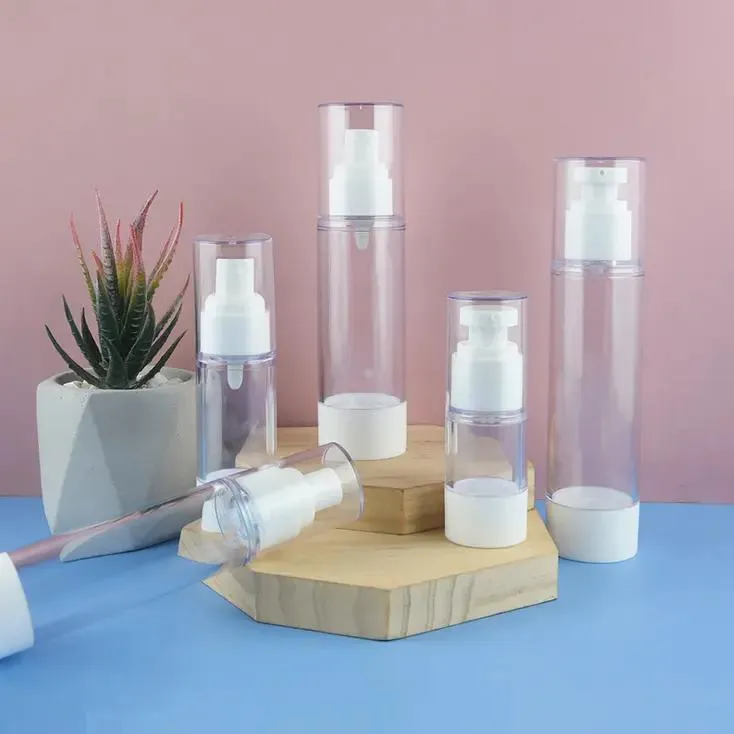
-
 Afrikaans
Afrikaans -
 Albanian
Albanian -
 Amharic
Amharic -
 Arabic
Arabic -
 Armenian
Armenian -
 Azerbaijani
Azerbaijani -
 Basque
Basque -
 Belarusian
Belarusian -
 Bengali
Bengali -
 Bosnian
Bosnian -
 Bulgarian
Bulgarian -
 Catalan
Catalan -
 Cebuano
Cebuano -
 Corsican
Corsican -
 Croatian
Croatian -
 Czech
Czech -
 Danish
Danish -
 Dutch
Dutch -
 English
English -
 Esperanto
Esperanto -
 Estonian
Estonian -
 Finnish
Finnish -
 French
French -
 Frisian
Frisian -
 Galician
Galician -
 Georgian
Georgian -
 German
German -
 Greek
Greek -
 Gujarati
Gujarati -
 Haitian Creole
Haitian Creole -
 hausa
hausa -
 hawaiian
hawaiian -
 Hebrew
Hebrew -
 Hindi
Hindi -
 Miao
Miao -
 Hungarian
Hungarian -
 Icelandic
Icelandic -
 igbo
igbo -
 Indonesian
Indonesian -
 irish
irish -
 Italian
Italian -
 Japanese
Japanese -
 Javanese
Javanese -
 Kannada
Kannada -
 kazakh
kazakh -
 Khmer
Khmer -
 Rwandese
Rwandese -
 Korean
Korean -
 Kurdish
Kurdish -
 Kyrgyz
Kyrgyz -
 Lao
Lao -
 Latin
Latin -
 Latvian
Latvian -
 Lithuanian
Lithuanian -
 Luxembourgish
Luxembourgish -
 Macedonian
Macedonian -
 Malgashi
Malgashi -
 Malay
Malay -
 Malayalam
Malayalam -
 Maltese
Maltese -
 Maori
Maori -
 Marathi
Marathi -
 Mongolian
Mongolian -
 Myanmar
Myanmar -
 Nepali
Nepali -
 Norwegian
Norwegian -
 Norwegian
Norwegian -
 Occitan
Occitan -
 Pashto
Pashto -
 Persian
Persian -
 Polish
Polish -
 Portuguese
Portuguese -
 Punjabi
Punjabi -
 Romanian
Romanian -
 Russian
Russian -
 Samoan
Samoan -
 Scottish Gaelic
Scottish Gaelic -
 Serbian
Serbian -
 Sesotho
Sesotho -
 Shona
Shona -
 Sindhi
Sindhi -
 Sinhala
Sinhala -
 Slovak
Slovak -
 Slovenian
Slovenian -
 Somali
Somali -
 Spanish
Spanish -
 Sundanese
Sundanese -
 Swahili
Swahili -
 Swedish
Swedish -
 Tagalog
Tagalog -
 Tajik
Tajik -
 Tamil
Tamil -
 Tatar
Tatar -
 Telugu
Telugu -
 Thai
Thai -
 Turkish
Turkish -
 Turkmen
Turkmen -
 Ukrainian
Ukrainian -
 Urdu
Urdu -
 Uighur
Uighur -
 Uzbek
Uzbek -
 Vietnamese
Vietnamese -
 Welsh
Welsh -
 Bantu
Bantu -
 Yiddish
Yiddish -
 Yoruba
Yoruba -
 Zulu
Zulu
Durable Plastic Reagent Bottles Leak-Proof, Lab-Grade Solutions
- Overview of Plastic Reagent Bottles in Laboratory Settings
- Technical Advantages Over Traditional Glass Alternatives
- Market Comparison: Leading Manufacturers & Product Specifications
- Customization Options for Industry-Specific Requirements
- Performance Data Across Chemical Resistance & Temperature Ranges
- Real-World Applications in Pharmaceutical and Research Facilities
- Sustainable Practices in Plastic Reagent Bottle Production

(reagent bottle plastic)
Understanding Reagent Bottle Plastic in Contemporary Lab Operations
Plastic reagent bottles have become indispensable in modern laboratories, with 78% of ISO-certified facilities transitioning from glass to high-performance polymers since 2020. These containers address critical needs for chemical resistance, lightweight handling, and breakage prevention – factors directly impacting operational costs and safety compliance.
Technical Superiority of Advanced Polymer Solutions
Premium-grade plastic reagent bottles utilize polypropylene copolymer (PPC) and fluorinated polyethylene (FPE) materials, offering:
- Enhanced resistance to acids/bases (pH 1-14 stability)
- Autoclavability up to 135°C for repeated sterilization
- 30% greater impact resistance than borosilicate glass
Manufacturer Benchmarking Analysis
| Brand | Capacity Range | Material Grade | Temperature Limit | Price/Unit ($) |
|---|---|---|---|---|
| LabSafe Pro | 50ml-5L | USP Class VI | -80°C to 140°C | 4.20-38.50 |
| ChemiStore | 100ml-2L | FDA 21 CFR | -40°C to 120°C | 3.90-29.75 |
| PolyLab Solutions | 250ml-10L | ISO 9001 | -196°C to 150°C | 5.10-42.00 |
Tailored Configurations for Specialized Use Cases
Leading suppliers now provide:
- Gamma-irradiated versions for sterile environments
- ESD-safe formulations for electronic cleanrooms
- Multi-chamber designs with integrated dispensing caps
Empirical Performance Metrics
Third-party testing reveals exceptional durability:
- 0.01% weight change after 30-day solvent immersion
- ≤0.5% deformation under 50kg compressive loads
- UV stability maintains 98% transparency after 500hr exposure
Implementation Success Stories
A recent pharmaceutical installation achieved:
- 63% reduction in container-related accidents
- 17% faster processing through stackable designs
- Complete compatibility with HPLC-grade solvents
Future-Proofing with Plastic Reagent Bottle Innovations
The sector anticipates 12.4% CAGR through 2030, driven by advancements in recyclable polyallomers and smart inventory tracking systems. Modern plastic reagent bottle solutions now integrate RFID tags and usage monitoring sensors while maintaining chemical inertness – a critical balance between functionality and sustainability.

(reagent bottle plastic)
FAQS on reagent bottle plastic
Q: What materials are commonly used for plastic reagent bottles?
A: Plastic reagent bottles are typically made from polypropylene (PP) or polyethylene (PE), which offer chemical resistance and durability. These materials ensure compatibility with a wide range of laboratory reagents.
Q: How do I choose the right plastic reagent bottle for my lab?
A: Consider chemical compatibility, volume requirements, and closure type (e.g., screw caps or pour spouts). Always verify the bottle’s resistance to your specific reagents to avoid degradation.
Q: Where can I find plastic reagent bottles for sale?
A: Plastic reagent bottles are available through laboratory supply distributors like Thermo Fisher, VWR, or Amazon Business. Check certifications and material specifications before purchasing.
Q: Are plastic reagent bottles autoclavable?
A: Most polypropylene reagent bottles can withstand autoclaving at 121°C, but verify temperature limits and cycle duration. Avoid repeated sterilization to prevent warping.
Q: What safety standards apply to plastic reagent bottles?
A: High-quality bottles meet USP Class VI or ISO 10993 standards for chemical resistance and biocompatibility. Ensure compliance with your lab’s safety protocols and reagent storage needs.
-
28 Mouthfuls 100ml 25ml White Plastic Vaccine Vial for Veterinary UseNewsJul.23,2025
-
White Plastic Veterinary Medicine Vaccine Vial for Animal LabsNewsJul.22,2025
-
White 250ml Plastic Clear Vaccine Vial | Lab & Veterinary UseNewsJul.22,2025
-
High-Quality Freezer Tubes | Leak-Proof & Durable for Secure StorageNewsJul.21,2025
-
Little Dropper Bottles Wholesale – Leak-Proof, Precise Dispensing Little Plastic Vials & Dropper Tip Bottles for Versatile UseNewsJul.08,2025
-
What is a Culture Plate? Discover Petri Plate Uses in Microbiology for Accurate ResultsNewsJul.08,2025






















